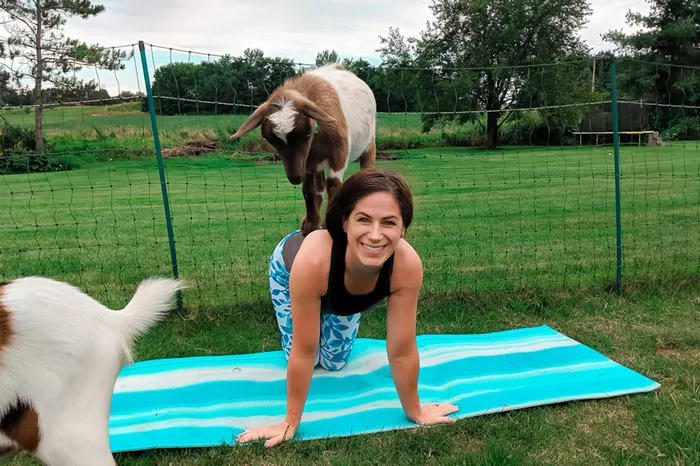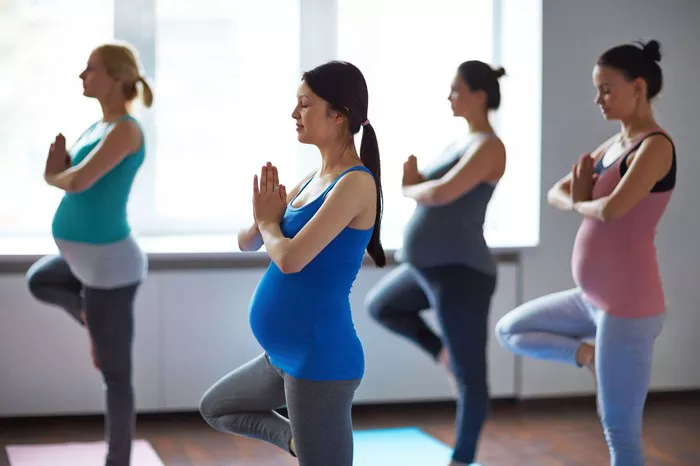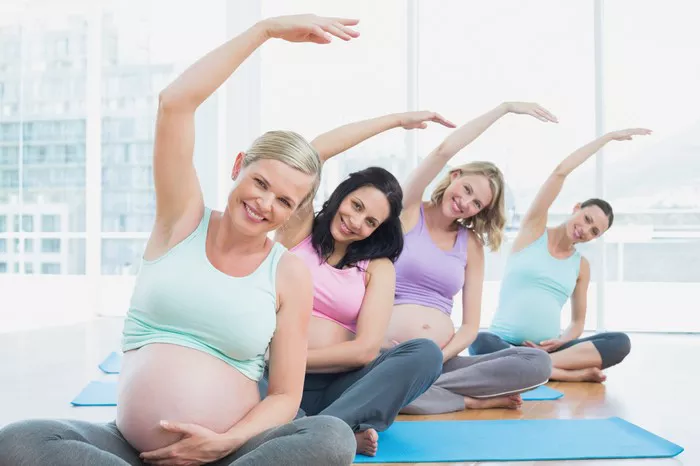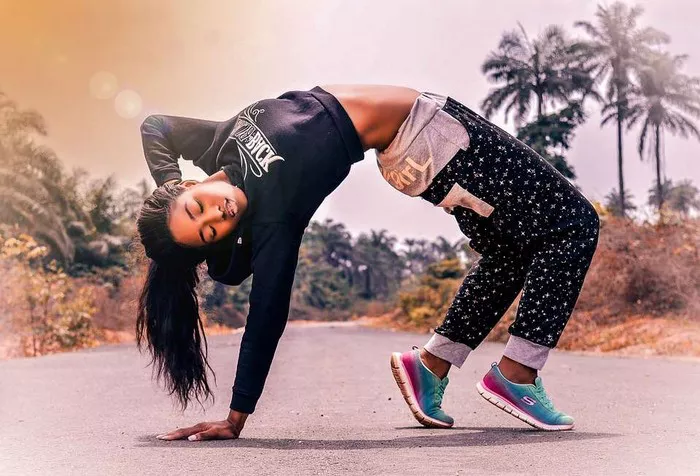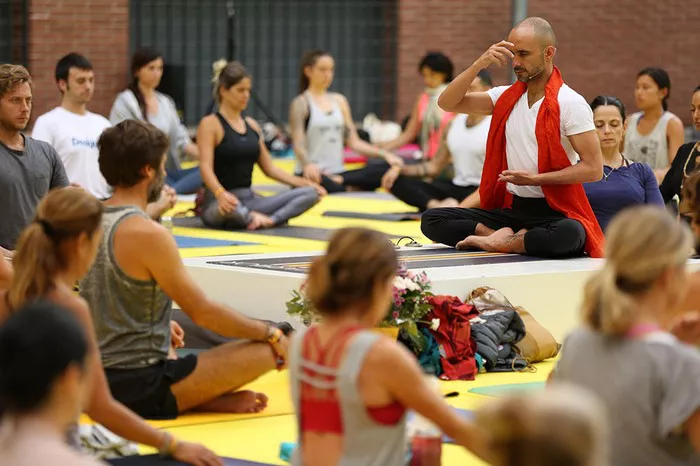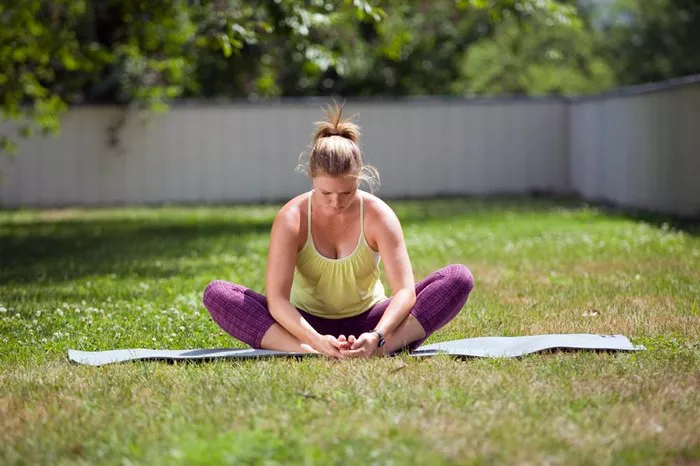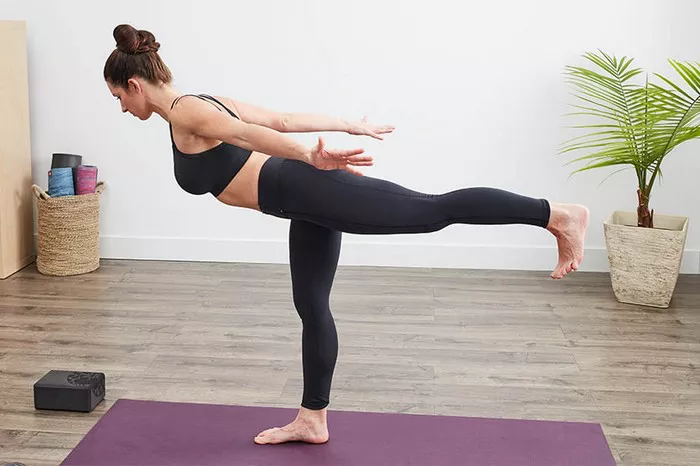The Camel Pose, or Ustrasana, is a foundational backbend in yoga that offers a host of physical, mental, and emotional benefits. In this comprehensive article, we will explore what the Camel Pose is used for, its effects on the body, its benefits for both beginners and experienced practitioners, as well as how to practice it safely.
Understanding the Camel Pose
Camel Pose (Ustrasana) is a deep backbend that stretches and strengthens various areas of the body. The name “Ustrasana” comes from the Sanskrit words “ustra” meaning camel, and “asana” meaning posture or seat. This asana mimics the shape of a camel by opening the chest, lifting the heart, and arching the back. In addition to its physical benefits, the Camel Pose is known for its emotional and spiritual effects, such as releasing tension and cultivating feelings of openness and clarity.
Physical Benefits of Camel Pose
The Camel Pose is a powerful asana with a wide range of physical benefits. These benefits can help increase flexibility, strengthen key muscles, improve posture, and alleviate pain in different areas of the body.
1. Opens the Chest and Shoulders
One of the most noticeable benefits of Camel Pose is the deep opening of the chest and shoulders. In this posture, you stretch the pectoral muscles and increase the mobility of the shoulder joint. This can be particularly helpful for people who spend long hours sitting at desks or working on computers, as it counteracts the effects of slouching and poor posture.
By stretching and opening the chest, the Camel Pose helps to expand the rib cage, improving lung capacity and breathing efficiency. This is particularly beneficial for those looking to enhance their practice of pranayama (breathing exercises) or simply increase their overall lung health.
2. Stretches the Spine
The Camel Pose is an excellent spinal stretch. It targets the thoracic and lumbar regions of the spine, encouraging flexibility in these areas. By bending backward, the spine elongates, promoting better posture and helping to relieve the stiffness that accumulates in the back due to everyday activities.
A flexible spine is essential for maintaining balance and avoiding injury, particularly as we age. Regular practice of Camel Pose can help keep the spine flexible and aligned, which is important for reducing the risk of chronic back pain.
3. Strengthens the Core and Lower Back
While Camel Pose is a deep stretch, it also requires significant core strength to maintain balance and prevent overextending the lower back. The engagement of the abdominal muscles and the muscles of the lower back helps to stabilize the body as you move into the backbend.
This strengthening of the core and lower back is essential for overall spinal health. It can improve posture, prevent slumping, and alleviate the discomfort that many people experience in the lower back.
4. Stretches the Hip Flexors and Quadriceps
As you extend backward in Camel Pose, your hip flexors and quadriceps are stretched. This is beneficial for those who experience tightness in these areas due to prolonged sitting or lack of movement.
The hip flexors are a group of muscles that connect the lower spine and pelvis to the femur. When tight, these muscles can contribute to lower back pain and poor posture. Camel Pose helps release this tension and improves flexibility in the hips and thighs.
5. Improves Balance and Coordination
Backbends like Camel Pose require balance and coordination, as they involve aligning the body in a way that opens the chest while also extending the legs and feet. Practicing this pose can help improve your overall balance and coordination, as it strengthens the stabilizing muscles of the legs and core.
6. Stimulates the Thyroid and Abdominal Organs
Camel Pose is also said to stimulate the thyroid and other abdominal organs, aiding in the regulation of metabolism and digestion. By compressing the abdomen in the backbend and stretching the neck and throat, the pose encourages better circulation and energy flow to these areas.
This can be particularly helpful for individuals who suffer from digestive issues, constipation, or other digestive ailments. By stimulating the thyroid, the Camel Pose can also help with hormone regulation, which is crucial for overall well-being.
Mental and Emotional Benefits of Camel Pose
In addition to the physical benefits, Camel Pose also offers mental and emotional benefits that can support personal growth and well-being.
1. Boosts Energy and Uplifts Mood
The deep backbend created by Camel Pose helps to open the heart, which can lead to an emotional release. For many, this pose can be an emotional experience, as it allows them to confront and let go of stress, tension, and negative emotions.
On a psychological level, backbends are often associated with releasing emotional blocks and opening up to new experiences. Camel Pose can help lift the spirit, create a sense of freedom, and provide an energy boost. It is known to counteract feelings of fatigue, anxiety, or stress and promote a more positive outlook on life.
2. Reduces Stress and Anxiety
As a backbend that requires deep breathing and concentration, Camel Pose can activate the parasympathetic nervous system, which promotes relaxation and reduces stress. By opening the chest and encouraging a mindful breath, this pose can help calm the mind and alleviate the symptoms of anxiety.
The ability to release tension in the body and mind is a powerful tool for emotional healing. Regular practice of Camel Pose can cultivate a sense of inner peace and help you feel more grounded, even in the face of life’s challenges.
3. Fosters Self-Awareness and Confidence
Camel Pose encourages a sense of empowerment as it requires both strength and flexibility. This balance of power and surrender can foster self-awareness and help practitioners connect with their inner strength. The openness and vulnerability created in this pose can also lead to a greater sense of self-acceptance and confidence.
The practice of opening the heart in Camel Pose can also help individuals release self-doubt or limiting beliefs, creating space for greater self-love and compassion.
How to Practice Camel Pose Safely
While Camel Pose offers numerous benefits, it is essential to practice it with proper alignment and awareness to avoid injury. For beginners or individuals with certain physical limitations, modifications may be necessary.
1. Starting Position
Begin by kneeling on the floor with your knees hip-width apart and your thighs perpendicular to the floor. Place your hands on your hips, keeping your shoulders aligned over your hips and your spine neutral.
2. Engage Your Core
Before you begin the backbend, engage your core by gently drawing your navel toward your spine. This will help support your lower back and prevent overextension.
3. Lift the Chest and Begin the Backbend
Slowly begin to arch your back by lifting your chest toward the ceiling. Keep your neck long and your gaze forward as you begin to extend your spine. Avoid collapsing the lower back; instead, focus on lengthening and opening the chest.
4. Reach for Your Heels
As you continue to deepen the backbend, you can reach your hands down toward your heels. Keep your elbows pointing straight back, not out to the sides. If you cannot reach your heels, place your hands on your lower back for support.
5. Maintain Steady Breathing
Throughout the pose, remember to breathe deeply and steadily. This will help you maintain balance and keep the posture from becoming too intense. Avoid holding your breath, as this can increase tension in the body.
6. Release with Control
To come out of the pose, slowly begin to lower your torso back to neutral. Bring your hands back to your hips or lower back for support as you lift your torso and return to a seated position.
Common Mistakes to Avoid
Overarching the Lower Back: One of the most common mistakes in Camel Pose is to collapse the lower back and over-extend it. This can lead to strain or injury. Always engage your core and maintain length through the spine to avoid overextension.
Forcing the Hands to the Heels: If you are not yet flexible enough to reach your heels, do not force your hands to the floor. It’s more important to maintain proper form and alignment than to reach for the heels. Use props or keep your hands on your lower back for support.
Tensing the Neck: Avoid straining the neck by keeping it long and relaxed. Do not drop the head back too far, as this can put unnecessary pressure on the cervical spine.
Forgetting to Breathe: It’s easy to hold your breath during deep backbends, but this can increase tension. Focus on maintaining deep, steady breaths to help relax your body and deepen the stretch.
Conclusion
The Camel Pose (Ustrasana) is a powerful asana that offers numerous benefits for the body, mind, and spirit. It strengthens the core and lower back, improves flexibility, opens the chest and shoulders, and helps release emotional tension. Whether you are a beginner or an experienced yogi, Camel Pose can be a transformative addition to your practice.
To reap the full benefits of this pose, it’s essential to practice it with mindfulness and proper alignment. With patience and consistent practice, Camel Pose can help you increase physical strength, enhance your emotional well-being, and promote a sense of openness and vitality in your life.
Related Topics:

